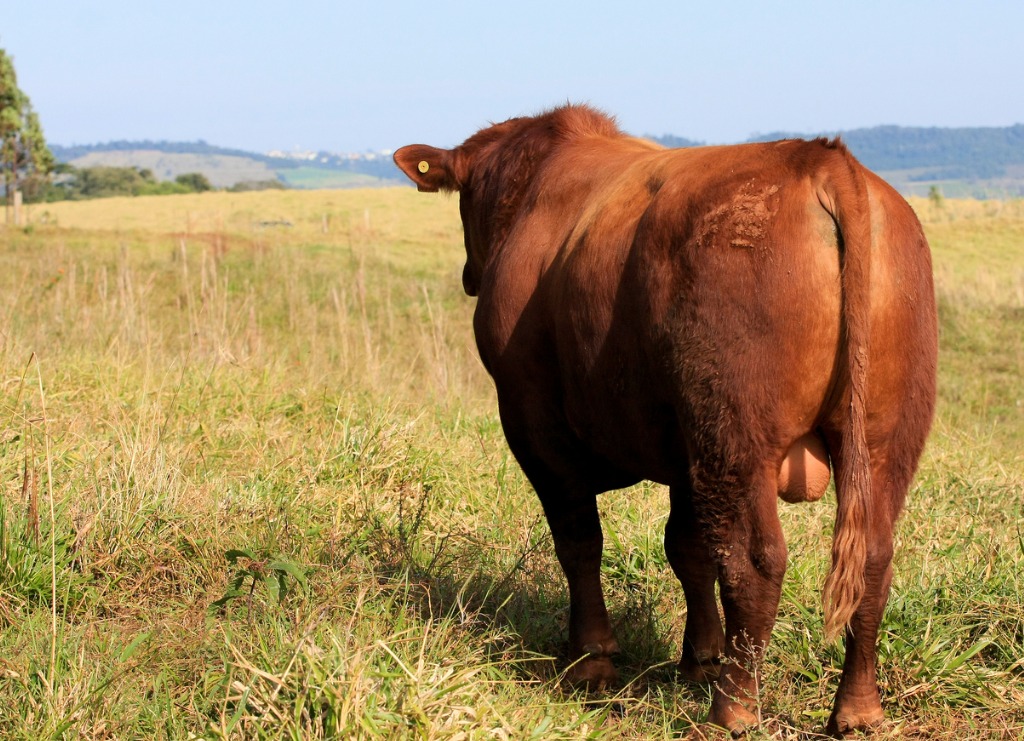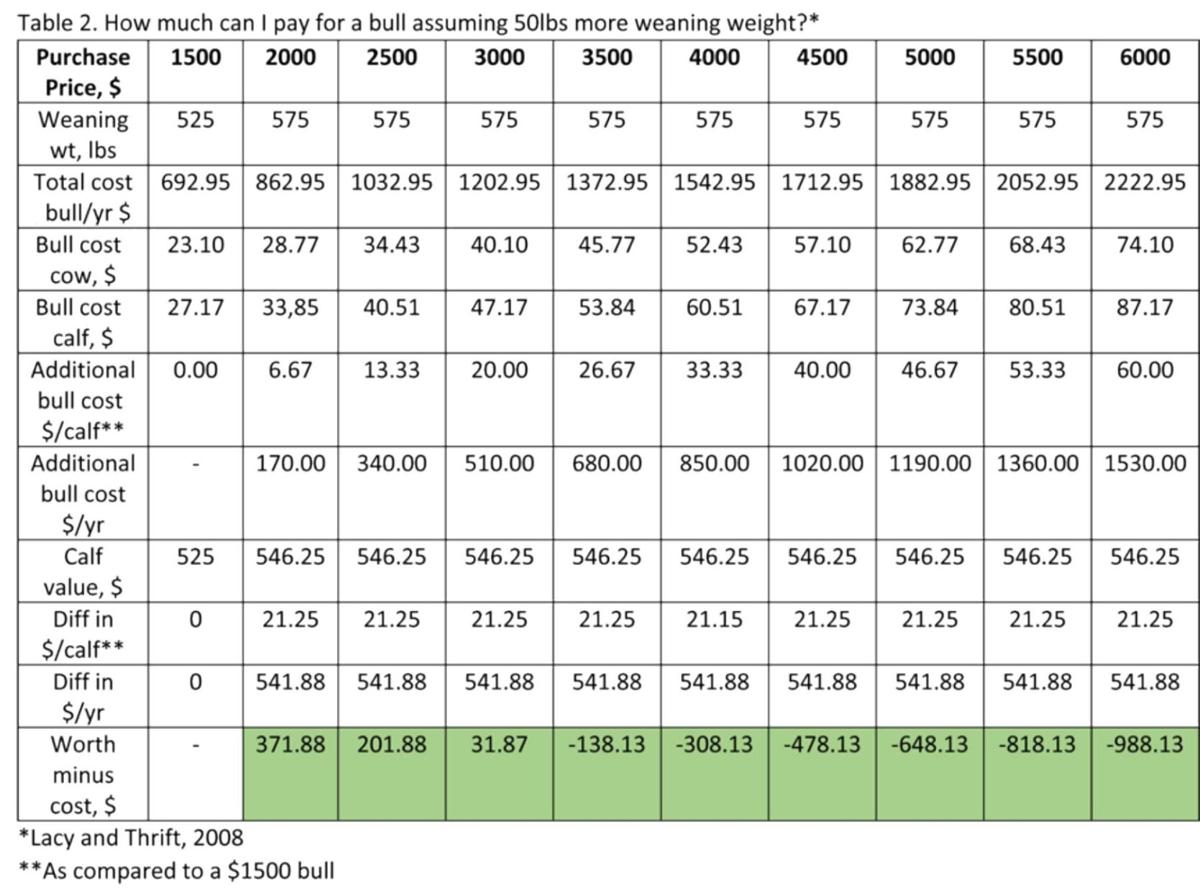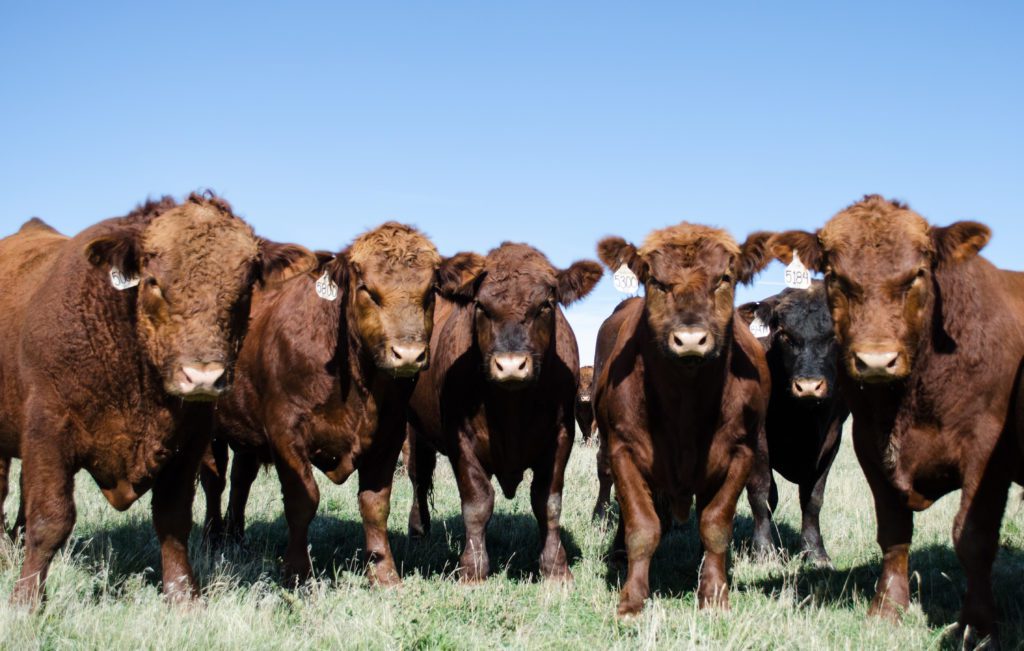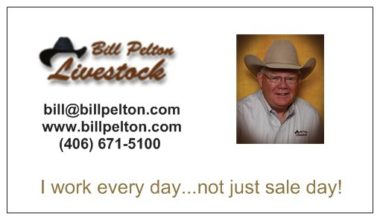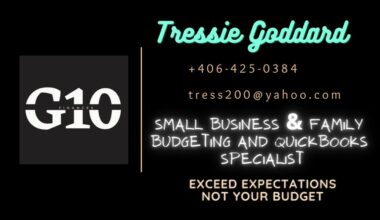There are several basic factors that can make one bull better than another. How much can I pay for a bull?
By ROBERT FEARS Special to Land & Livestock Post
In the last issue of Land & Livestock Post, criteria for selecting a bull was discussed. The selection process is carried one step further in this article by providing methods for determining how much you can pay for a bull and receive an acceptable rate of return on the investment. The determination is made by comparing the expected performance of potential purchases and calculating production values.
There are several basic factors that can make one bull better than another. The highest-valued bull is expected to sire the most calves because he normally has higher libido and a higher serving capacity. He is also predicted to sire the heavier and the best-looking calves. The better-looking calves are worth more and build a good reputation for the producer. From the feeder calf perspective, the higher-valued bull usually sires offspring with better carcass quality, yield grade and carcass weight. Depending on ranch goals, a bull might be chosen that can sire the best herd replacement heifers. The purchased bull should have the ability to sire calves for several years.
Bull Value
It is risky to purchase a bull until his production capabilities have been assigned a value. For example, let’s assume the choices are between an unregistered commercial bull at $1,000 and a registered bull with EPDs (expected progeny differences) for $2,000. The purchased bull is expected to breed 30 cows during a 63-day breeding season. Eighty-five percent weaned calf crop is expected, which is 25 calves. Based on available performance records, weaning weights sired by the commercial bull should average 500 pounds, and calves sired by the registered bull should average 550 pounds. Market price for the calves is predicted at $100 per hundred weight, which results in calf values of $500 and $550, respectively. The total calf crop value (price X number of calves) from the commercial bull is $12,500, and $13,750 from the registered bull. The difference between the calf crop values is $1,250. Based on these estimates, the extra $1,000 spent on the registered bull would be regained within one year.
Relationships of bull prices to positive returns on investment is estimated using the compilation of data shown in Tables 1 and 2. In Table 1, the data is based on the prediction that the higher-valued bulls will contribute 25 pounds more weaning weights on the average than the $1,500 bull. In this scenario, the difference between the bull’s value and its cost becomes negative at a purchase price of $2,500. In Table 2, the prediction is that the higher-valued bulls will produce 50 pounds more weaning weights on the average. In this case, the buyer can pay $3,000 before a negative return is received on the investment.
The two tables are presented only for use as examples of methodology. Update the tables with today’s prices before using in actual bull selection.
There is more to calculating the cost of a bull than just purchase price. First, the bull’s salvage value is subtracted from the purchase price to determine net cost. Then an annual maintenance expense including feed, hay, pasture and mineral is added to the net cost. Pasture rental cost is included regardless of whether it is owned or leased. Annual veterinary costs are also added that include a breeding soundness exam, vaccines and deworming. The last three expenses to add are interest, depreciation and death loss. Commonly, a 5% death loss in the bull battery is used in calculating herd sire costs. Bull deaths can result from broken legs, lightning strikes or numerous other causes.
Don’t overlook the heifers
All the above costs and values are based on bulls purchased to sire feeder calves. Calculations are different for determining bull value in raising replacement heifers. Bull selection has a large impact on replacement heifer values, but probably not as large as some people think. Assume 30 cows are bred by one bull resulting in an 85% weaned calf crop, which is approximately 25 calves. One-half or 12 head are heifers, of which four are culled and eight are kept as herd replacements. The impact of those eight heifers on a total herd basis is small. However, if the bull is used four years, his contributions to the herd is 32 heifers (8 X 4). This impact is increased if the bull is used during two breeding seasons each year.
The above information was taken from a presentation made by Curt Lacy and Todd Thrift, found at https://animal.ifas.ufl.edu/beef_extension/bcsc/2008/ppt/lacy_bull.pdf.
Number of heifers contributed to the herd is not the entire benefit. Improved calf performance obtained by retaining daughters from bulls with superior genetics is also an important contribution. Maternal influence can increase calf performance through increased milk production and growth potential of the cow. One way to compare the ability of sires to transmit milk and growth weight to their daughters is to calculate maternal weaning weight, which is equal to the sire’s milk EPD plus one-half of his EPD for weaning weight.
An example of maternal weaning weight calculations is shown above. Based on this data, you could expect Bull A’s daughters to raise calves that average 20 pounds more at weaning than those of Bull B, assuming they are bred to the same bull.
Now, let’s assume that Bull A has a weaning weight EPD of +44 pounds and Bull B’s weaning weight EPD is +24. Each bull sires 30 calves (15 heifers and 15 bulls) from the same cow herd for four consecutive years. Fifteen percent of the total calf crop (five heifers) is retained each year and these cows stay in the herd for six years. During the six years, the cows sired by Bull A will wean calves averaging 600 pounds more than those sired by Bull B. At $90 per hundred weight, there are extra gross sales of $540 for Bull A’s daughters’ lifetime production compared with daughters of Bull B.
Increasing weaning weight through increased milk production often increases feed costs. It is best to concentrate bull selection on moderate milk production EPDs with increased weaning weight EPDs. When buying bulls, begin with the selection of animals with visual appeal and good pedigrees. Then compare EPDs and determine their value. Consider all factors when purchasing a bull.
The above information was taken from a Noble Research Institute newsletter.

